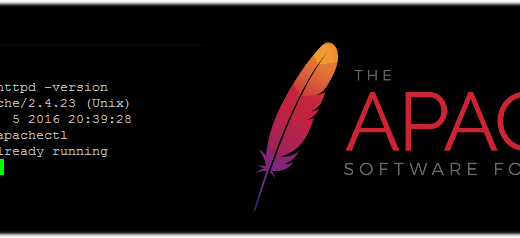Microsoft Azure cloud is currently offering a $200 credit in a bid to bring users to their cloud computing platform and introduce them to the Azure interface. That’s a nice chunk of change and as I had been researching other options based on cost and features assessment, I decided to give it a try. Our company is going through some growing pains and it was time to resize some of our servers.
To start you go through a standard account configuration stage which can be expedited if you already have an email account with Microsoft. Whether it be the outlook.com mail, Microsoft Live Mail service or even some of their legacy mailboxes tools, such as Hotmail.
I did initially enter into the project with a little trepidation as anyone who has investigated other large cloud provider offerings will find that it can be complicated. Many tend to get hung up on the cloud administration interface to build and deploy services. If you’ve ever used the Amazon Web Services (AWS) interface/console or even the MS Azure cloud you’ll discover it’s feature rich. Meaning there’s a whole screen full of buttons and links to push and it can be a little intimidating if it’s not something you’re use to.
Fortunately, I found the MS Azure interface intuitive and functional. There are links to some initial quick configuration guides to get your Linux or Windows based virtual machines built as well as links to Microsoft sponsored course work which if I didn’t know any better, look like premium courses towards cloud service certification.
There’s a ‘Quickstart Center’ which allows one to quickly create web apps, deploy virtual machines (Linux or Windows), set up a database and some setup and migration guides to get you started. Additionally there are links to online course work like ‘Cloud Concepts’, ‘Core Cloud Services’ and a ‘Manage Resources’ guide which will bring you up to speed relatively quickly providing you put the time in. Most courses are an hour or so in length. The Quickstart guides however will have you up and running with your first virtual machine in minutes.
I am impressed with the Microsoft Azure cloud offering. It’s functional, intuitive and provides the resources you need to get services up and running. The interface is snappy and because it’s Microsoft, you get the benefit of a world wide presence and a trusted name in the computing industry. You can put your services close to your country by choosing one of Microsoft’s national or international datacenters, which is just a big bonus.
I have a small project to build a bastion Linux VM with a LAMP stack and using Mediawiki (the open source Wikipedia software) as the front end application. That will be forthcoming in the next article in the series.
Please visit my Patreon page if you’re so inclined or make a donation. Or you can click the coffee cup in the bottom right corner of the screen and Buy Me A Coffee. Thank you!


